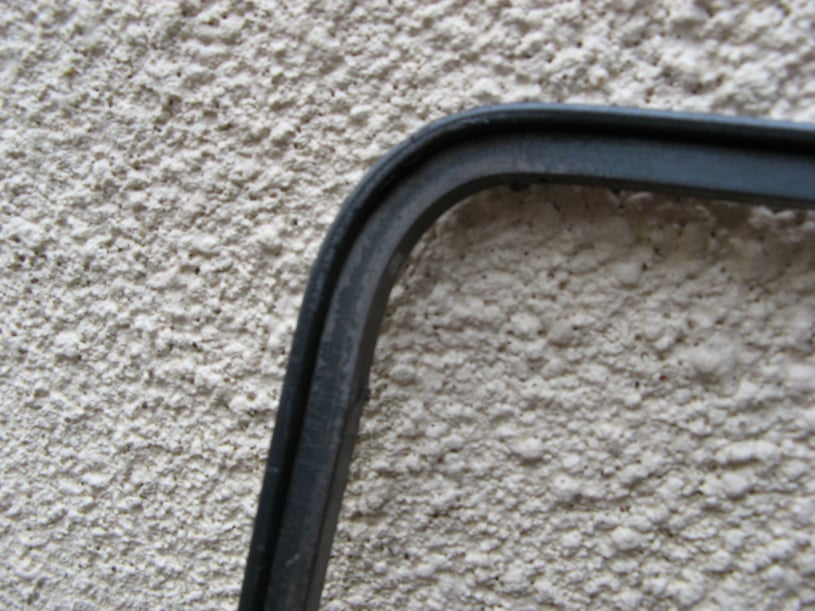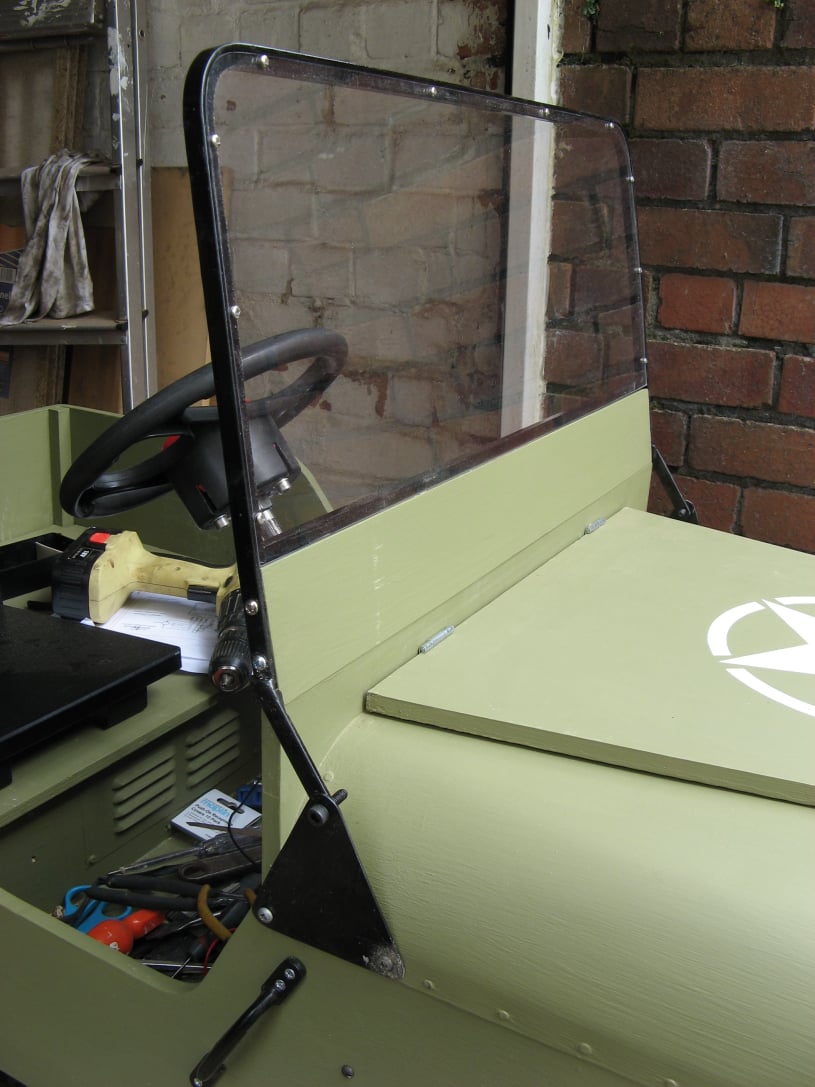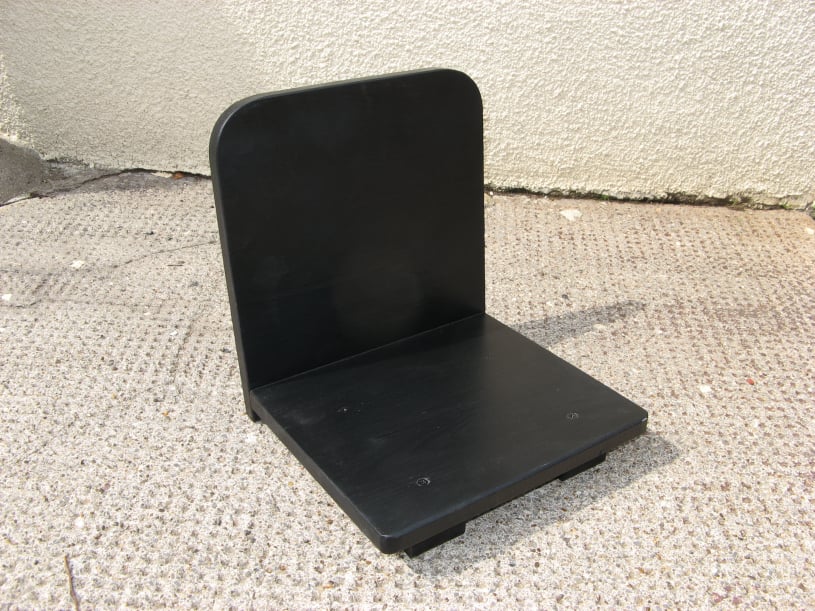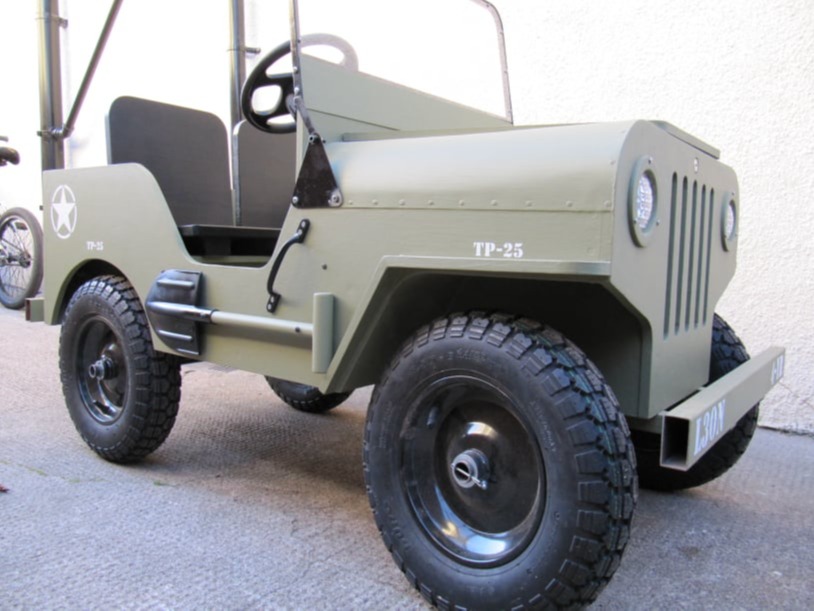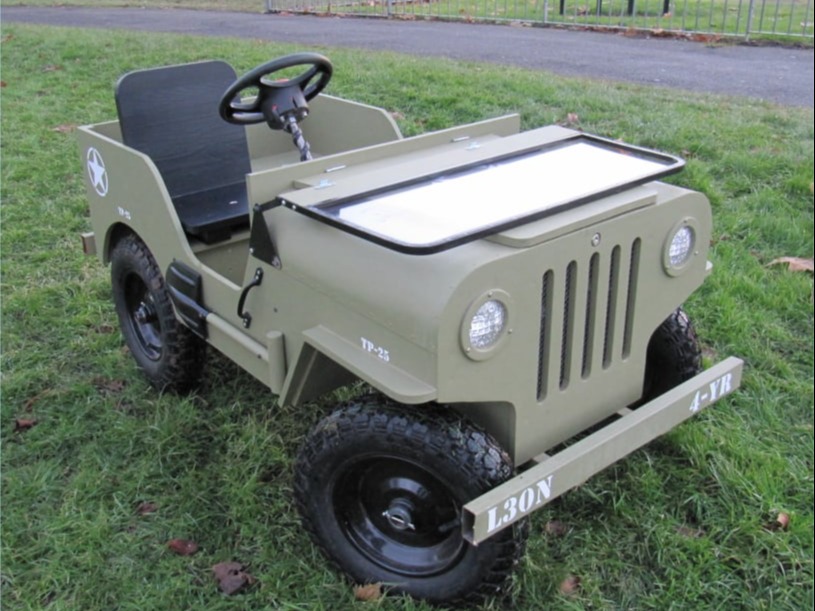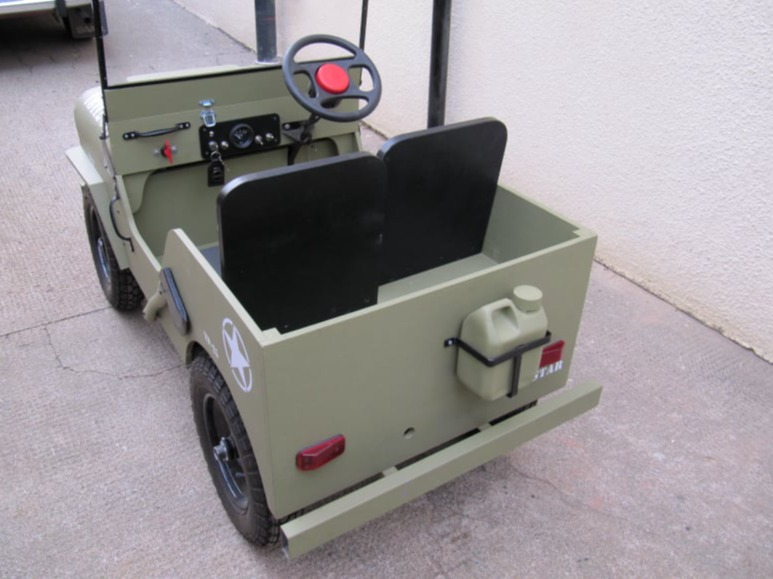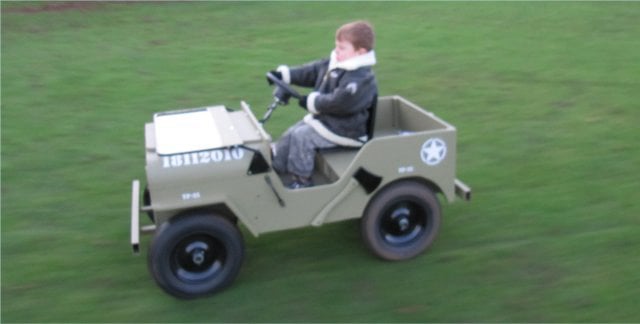
Geepstar Finishing and Testing
The Geepstar worked well from the first test drive. The speed control was good, the brakes were good enough and the steering was light but direct.
The single motor drive was strong enough for an adult passenger to give driving lessons and the articulated front axle maintained traction when the going got rough.
A few driving errors proved the bumpers to be strong enough too.
